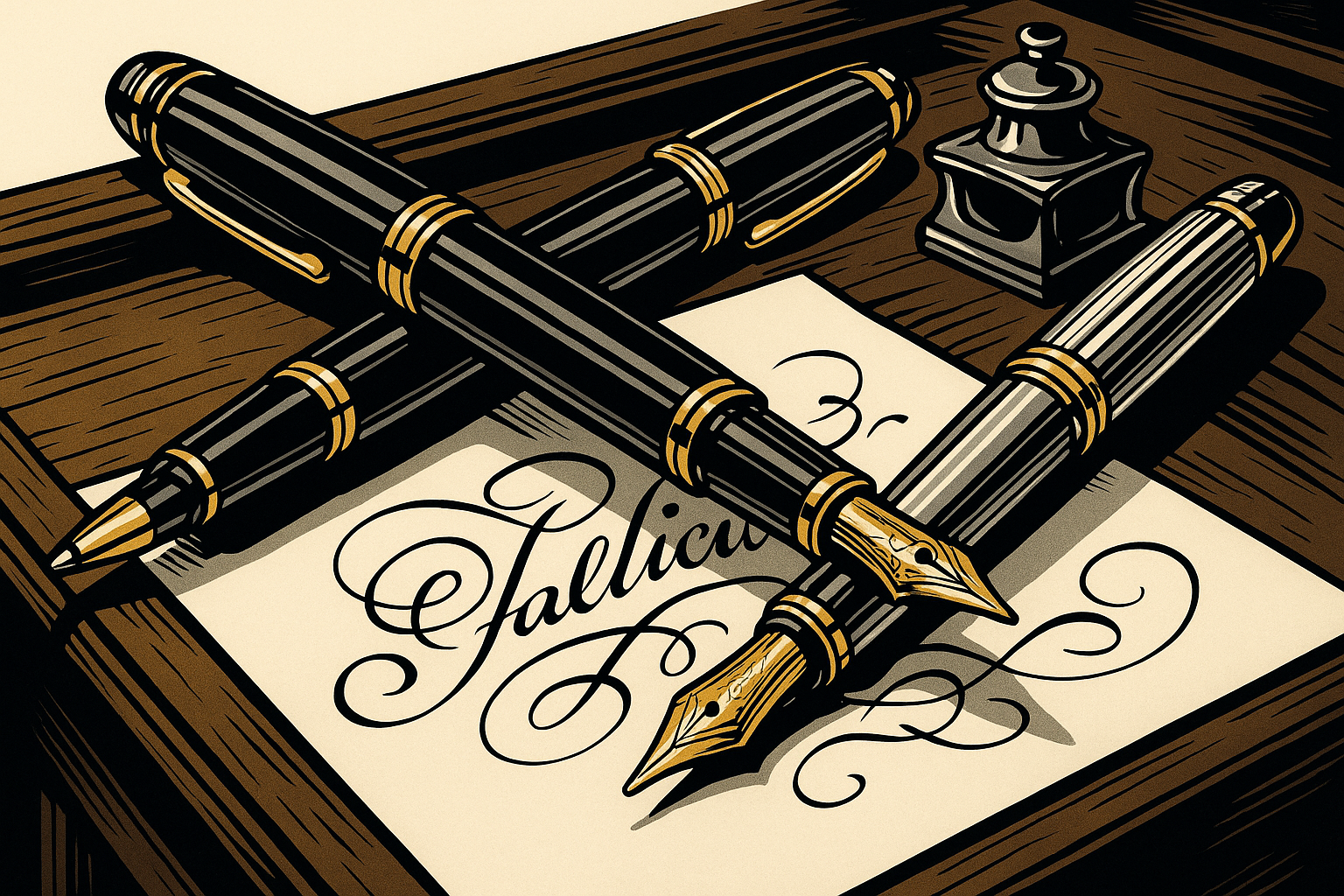Discovering the Art of Fountain Pen Ink
Fountain pens have long been cherished by writers, artists, and enthusiasts for their elegance and smooth writing experience. At the heart of this timeless instrument lies the fountain pen ink—a vital component that influences not only the appearance of your writing but also the overall performance of your pen. Choosing the right ink can elevate your writing experience from ordinary to extraordinary, and understanding the nuances of fountain pen ink is essential for any serious enthusiast.
The Different Types of Fountain Pen Ink
Water-Based Inks
Most fountain pen inks are water-based, offering vibrant colors and smooth flow. Their composition allows for easy cleaning and maintenance, making them a popular choice among users. Water-based inks are generally less viscous, which helps prevent clogging and ensures that the ink flows effortlessly from the nib.
Pigment vs. Dye Inks
Fountain pen inks can be broadly categorized into dye-based and pigment-based inks. Dye inks are soluble in water, providing bright, vivid colors and a smooth writing experience. They tend to be more affordable and come in a wide array of shades. Pigment inks contain tiny solid particles suspended in the liquid, which can offer better longevity and water resistance. However, they are often thicker and may require more frequent cleaning to avoid clogging.
Choosing the Right Ink for Your Needs
Color Variety and Aesthetics
One of the most appealing aspects of fountain pen ink is the vast array of colors available. From classic blacks and blues to vibrant reds, greens, and specialty shades like turquoise or sepia, the options are nearly limitless. Consider the purpose of your writing — whether for professional documents, artistic projects, or journaling — and select a color that enhances your work.
Ink Compatibility and Paper Type
Not all inks work equally well with every paper type. Some papers are more absorbent and may cause feathering or bleeding, especially with wetter inks. Testing different inks on your preferred paper can help determine which combinations produce the best results. Additionally, check your fountain pen’s specifications to ensure compatibility with the ink you choose.
Water Resistance and Longevity
If you need your writing to stand the test of time or resist water damage, consider using water-resistant or archival-quality inks. These inks are formulated to resist smudging, fading, and water exposure, making them ideal for important documents or artwork that requires durability.
Proper Care and Maintenance
Cleaning Your Fountain Pen
Regular cleaning is crucial to maintaining the performance of your fountain pen and preventing ink buildup. Different inks may have varying cleaning requirements, especially pigment-based inks which can clog pen mechanisms more easily. Rinsing your pen with clean water after each use helps ensure smooth flow and prolongs the lifespan of your instrument.
Storing Ink Safely
Store your fountain pen ink bottles upright in a cool, dry place away from direct sunlight. Proper storage prevents leaks and preserves the ink’s quality over time. When refilling your pen, always use clean tools to avoid introducing contaminants that could affect ink flow or cause blockages.
Final Thoughts
Fountain pen ink is more than just a liquid; it’s a vital component that influences the beauty, durability, and overall experience of your writing. Understanding the different types, how to select the right ink, and caring for your fountain pen ensures that every stroke is smooth and satisfying. Whether you’re a seasoned collector or a casual user, exploring the world of fountain pen ink can add a new dimension to your writing journey.
